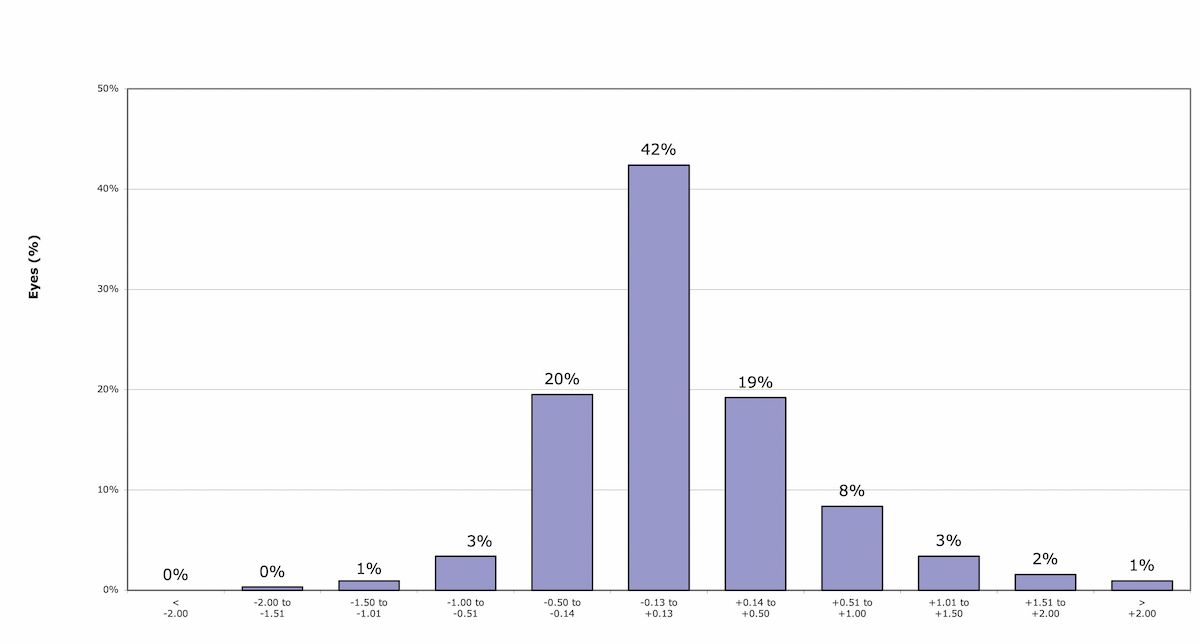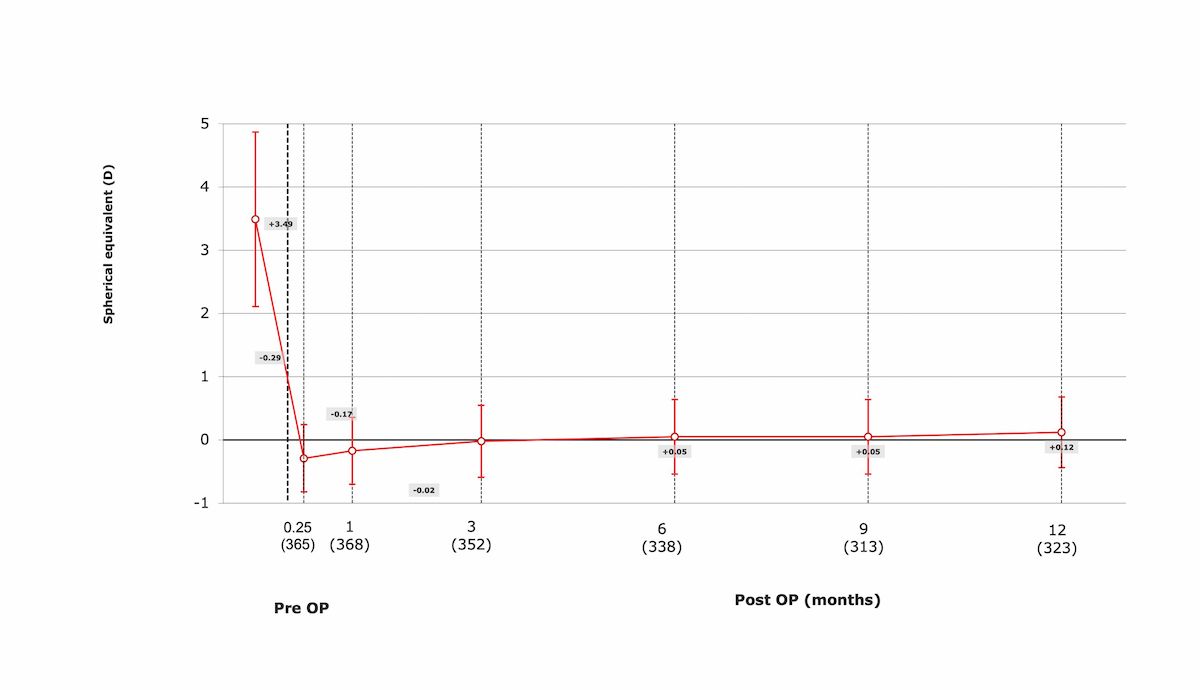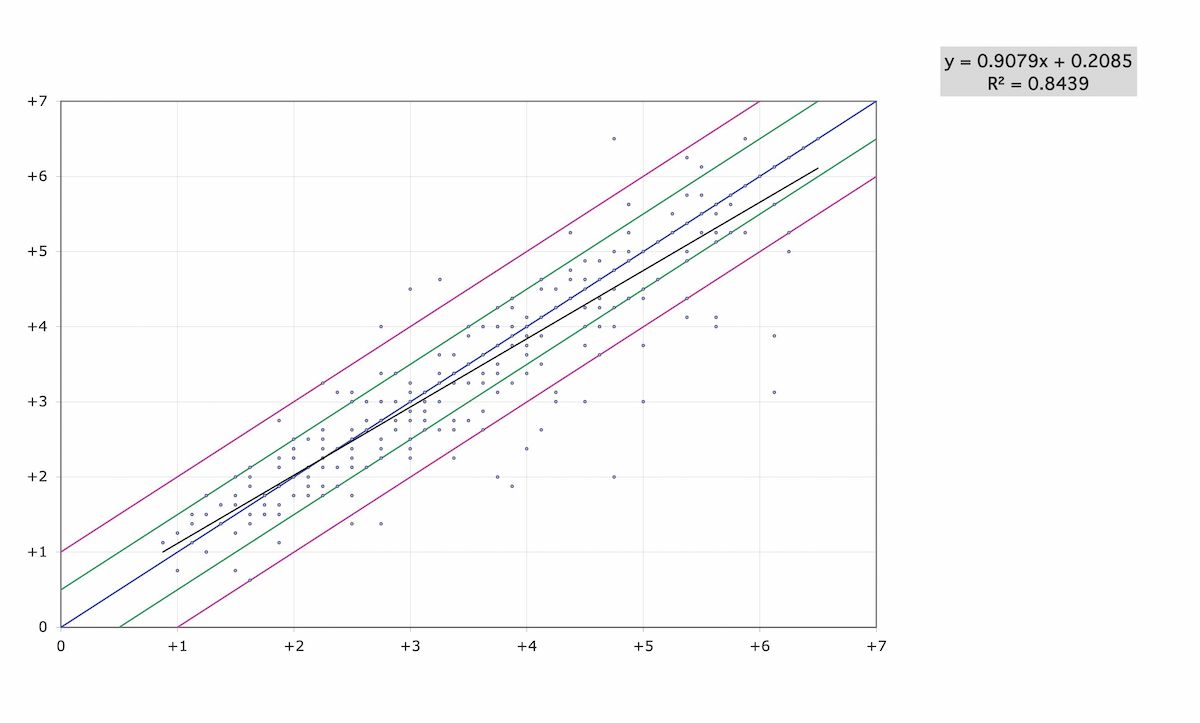Lenticule extraction in hyperopia – an update
A multicentre study demonstrates comparable results to FS-LASIK
Dr Marcus Blum. All images and figures courtesy of Dr Blum

In 2008 (published in 2011), Sekundo and Blum reported their first SMILE outcomes where refractive correction was performed as a one-step procedure using just the femtosecond (FS) laser (VisuMax, ZEISS).1 Unlike LASIK where the excimer laser is used for tissue ablation, refractive correction with SMILE (small incision lenticule extraction) is achieved by creating and removing a lenticule with the FS laser. Since the introduction of the SMILE technique and its launch in September 2011, FS lasers have experienced a significant uptrend in the field of corneal refractive surgery.
This minimally invasive procedure has meanwhile become internationally established for the treatment of myopia and myopic astigmatism, and data from large patient cohorts and long-term results are available.2,3 More than 800 peer-reviewed papers have been published on lenticule extraction (LE) with SMILE. They provide a comprehensive and positive database, with 10-year results available. Furthermore, the procedure has been compared with other refractive laser procedures and a recent meta-analysis has confirmed comparable results in terms of safety, efficacy and predictability between SMILE and FS-LASIK in correcting myopia. Comparative studies have also demonstrated a clear advantage of SMILE over LASIK in terms of ocular surface: LASIK shows a significant reduction in post-operative tear production and tear break-up time, whereas no significant differences were reported with LE using SMILE. All study reports have shown good long-term refractive stability with SMILE.
SMILE for hyperopic patients—results of the multicentre study
The efficacy and safety of femtosecond laser lenticule extraction in patients with hyperopia and astigmatism has been discussed for a long time. Early results of hyperopia correction were discouraging, as systematic regression worsened the outcome.4 Modification of the lenticule geometry and enlargement of the optical zone led to significantly better results.5,6
The influence of the diameter of the optical zone and the optimal centration of the hyperopic lenticule were studied by a research group in Nepal.7,8 The same group also tested the new femtolaser profiles resulting in improved outcomes.9
After these earlier smaller studies, a prospective, multicentre, international study was conducted at 7 sites. The inclusion criteria were hyperopia with astigmatism up to +6.00 D and a cylinder up to 5.00 D. Corneal thickness, measured by pachymetry, had to be greater than 500 microns and only eyes with no previous refractive corneal surgery were included. The preoperative best-corrected distance visual acuity had to be at least 0.8 (decimal), and the predicted postoperative keratometry values were limited to a maximum of 51.00 D. Patients with autoimmune diseases, diabetes or ocular concomitant diseases (for example glaucoma), as well as pregnant women, were excluded.
All eyes were treated using the VisuMax FS laser and the treatment pack contact glass M-size, manufactured by Carl Zeiss Meditec, Jena, Germany. An optical zone of 6.3 mm and transition zone of 2.0 mm were programmed. Follow-up examinations were performed on the first postoperative day, after 1 week and after 1, 3, 6 and 9 months. The study was completed with a 12-month follow-up.
FIGURE 1. Achieved spherical equivalent after 12 months (n = 323 eyes)

Across the 7 study sites, 374 eyes of 199 patients were treated.10 The mean age of the patients was 38.8 (±12.5) years (range: 18 to 69 years) with 45% male and 55% female subjects. The preoperative spherical equivalent was +3.20 ± 1.48 D, the spherical part contributing +2.76 ± 1.48 D (-0.25 to +6.0 D) and the cylindrical part +0.88 ± 0.87 D (0.0 to +4.75 D). The scotopic pupil size was 5.30 ± 1.09 mm (2.5 to 7.9 mm). At the 12-month follow-up, 81% of eyes were within ±0.5 D of the target refraction and 93% were within ±1.00 D of the target refraction (Figure 1).
FIGURE 2. Stability of the spherical equivalent (D) over 12 months

Only 1.2% of eyes lost 2 or more lines of corrected distance visual acuity. The refractive results remained stable over the follow-up period of 12 months. A slight regression was observed (Figure 2) within these 12 months, but only 9% of the eyes had a regression larger than 0.5 D.
FIGURE 3. Targeted vs achieved correction in dioptres after 12 months

Comparing the targeted and achieved correction, a slight undercorrection was observed for targeted corrections of a spherical equivalent beyond +3.00 D (Figure 3).
As a significant result, this study demonstrates for the first time that outcomes achieved with the lenticule extraction procedure for the correction of hyperopic astigmatism are comparable to published outcomes for LASIK.
It is important to note that an M treatment pack was used throughout the study to account for the 2-mm transition zone. It is known that hyperopic eyes usually have a smaller white to white (WTW) diameter and therefore the risk of conjunctival aspiration and the associated risk of suction loss increases when using an M treatment pack. This risk is increased by the longer laser time (approximately 35 seconds) with the 500 kHz VisuMax FS laser. In fact, in our study, suction loss was observed in 1.34 % of eyes—considerably more frequently than in normal myopic eyes with 0.3% (1:330). In clinical routine use, SMILE for hyperopic patients will be performed with the new VISUMAX 800 FS laser. Due to its faster laser source of 2 MHz, the laser treatment time will be significantly shorter and thus eliminate this disadvantage. The manufacturer has also announced a possible correction of cyclotorsion for the new VISUMAX 800.
Summary
In summary, LE was known to be a suitable approach to treat patients with myopia and myopic astigmatism. The latest multicentre study on LE for hyperopic eyes demonstrates that LE shows equally good results as hyperopic FS-LASIK, providing the additional advantages of a minimally invasive procedure. Further studies will aim at improving refractive accuracy. At this time, it can be concluded that the lenticule extraction technique is at least as good as the conventional procedure, and the results encourage further studies.

